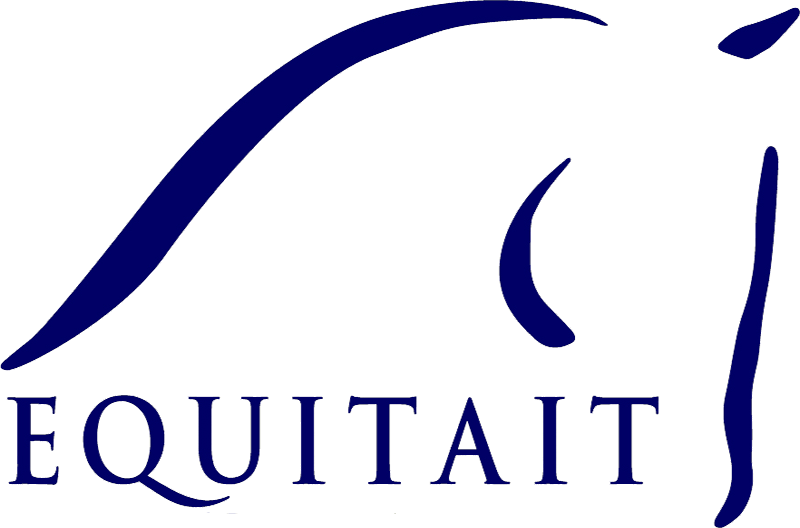The Examination…..What’s Involved:
The standard examination is conducted in five stages, although the exact sequence of the examination may vary. A 2 stage pre-purchase examination involves only the first 2 stages. Please consult your insurance company prior to deciding which vetting option you require as this may alter your decision.
The stages are:
Stage 1: Preliminary examination
This is a thorough external examination of the animal at rest using visual observation, palpation and manipulation to detect clinically apparent signs of injury, disease or physical abnormality. It includes an examination of the incisor teeth, a thorough examination of the horse’s eyes in a darkened area and auscultation of the horse’s heart and lungs at rest. Examination of the eyes does not include dilating the pupil but should include examination of internal and external structures.
The examination does not include examination of the inside of the prepuce (sheath), a detailed mouth examination with a speculum, a height measurement or any examination for pregnancy.
Stage 2: Walk and trot, in hand
The animal is walked and then trotted in hand to detect abnormalities of gait and action. Ideally this is carried out on firm, level ground. The horse is turned sharply each way and is backed for a few paces. Flexion tests of all four limbs and trotting in a circle on a firm surface may be carried out if the examining veterinary surgeon considers it safe and appropriate to do so.
Stage 3: Exercise phase
The horse is usually ridden and given sufficient exercise to:
1. Allow assessment of the horse when it has an increased breathing effort and an increased heart rate.
2. Allow assessment of the horse’s gait at walk, trot, canter and, if appropriate, gallop.
3. Allow assessment of the horse for the purpose of stage five.
If ridden exercise is not possible for any reason then this stage may be conducted by exercising the horse on a lunge, but this fact should be made clear to the purchaser and on the certificate.
Stage 4: Period of rest and re-examination
The horse is allowed to stand quietly for a period. During this time the respiratory and cardiovascular systems may be monitored as they return to their resting levels.
Stage 5: Second trot up
The animal is trotted in hand again to look for any signs of strains or injuries made evident by the exercise and rest stages.
Blood Sample
We recommend a blood sample be taken for storage (usually for 6 months) for possible future analysis to detect substances present in the horse’s system at the time of the examination that might have masked any factors affecting the horse’s suitability for the purchaser’s intended use. If a blood sample is not taken then the reason should be noted on the certificate. It is now normal for this VDS blood sample to be taken to protect all the relevant parties. It is not mandatory but we do recommend it is taken.
Insurance
Where possible and if required, the prospective purchaser is advised to confirm they are able to obtain suitable insurance cover before purchasing the horse.
N.B Pre-purchase examinations are suitable for submission to insurance companies with a proposal for insurance of the horse. Insurance examinations carried out for an existing owner of a horse may follow the same format as the five-stage pre-purchase examination, but they will include an opinion and should not be interpreted as a pre-purchase examination. Insurance examinations should be recorded using the ‘Certificate of Examination of a Horse for Insurance Purposes’ form.




